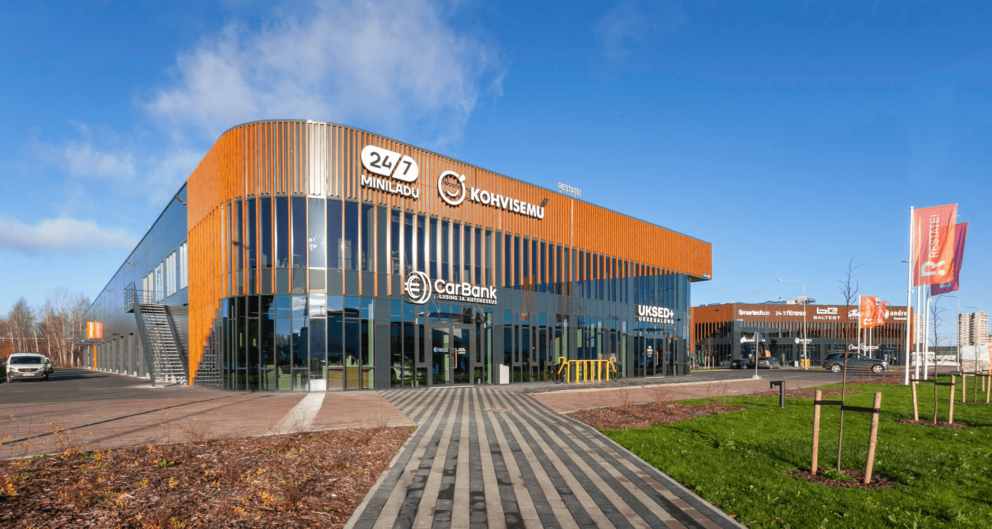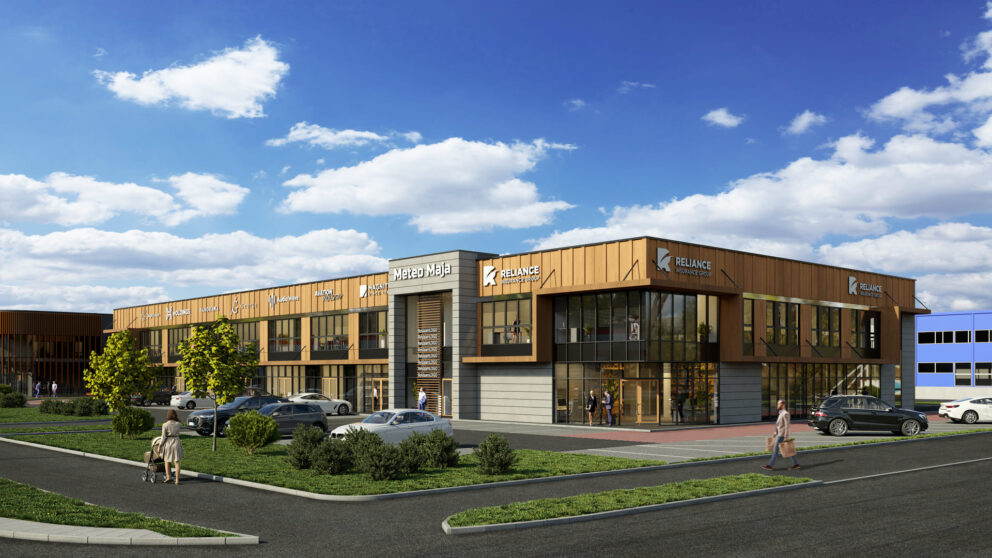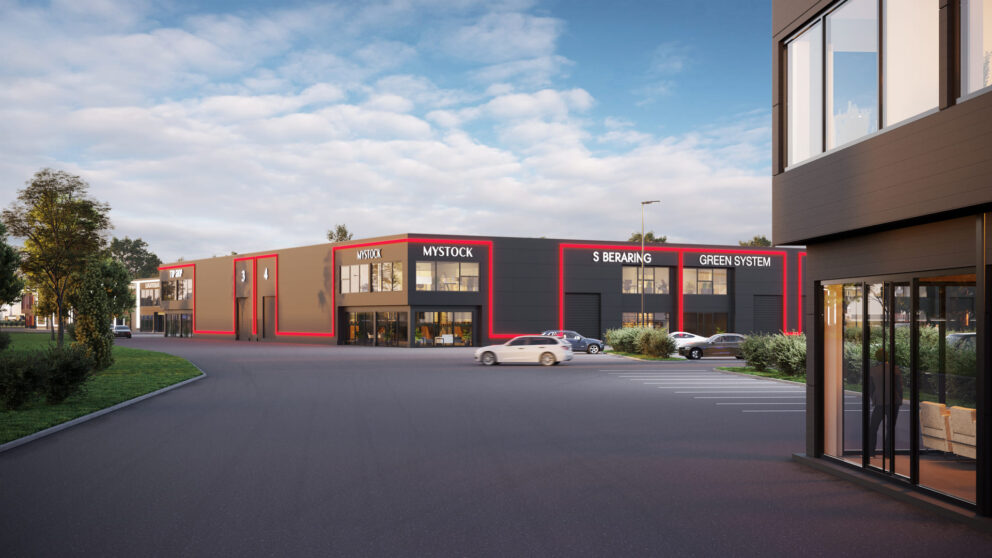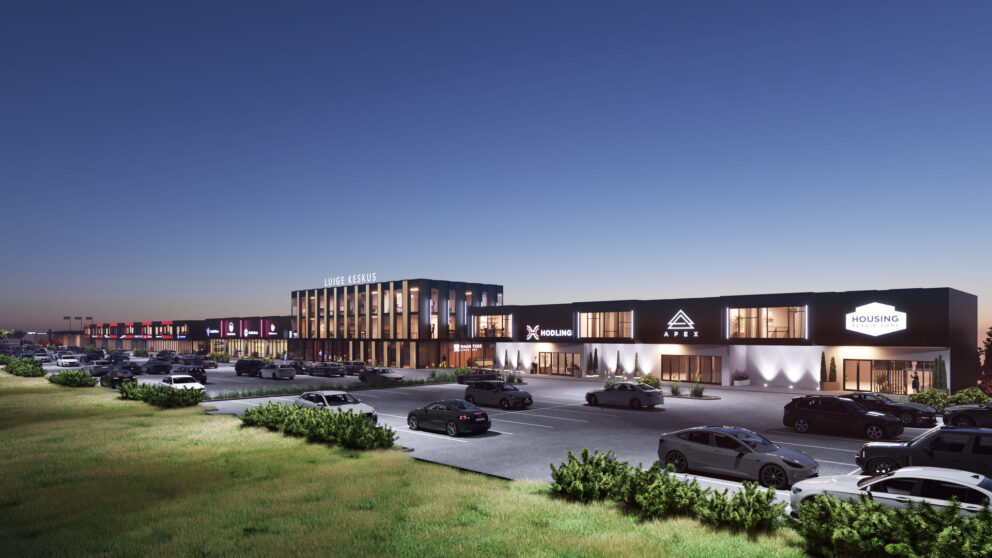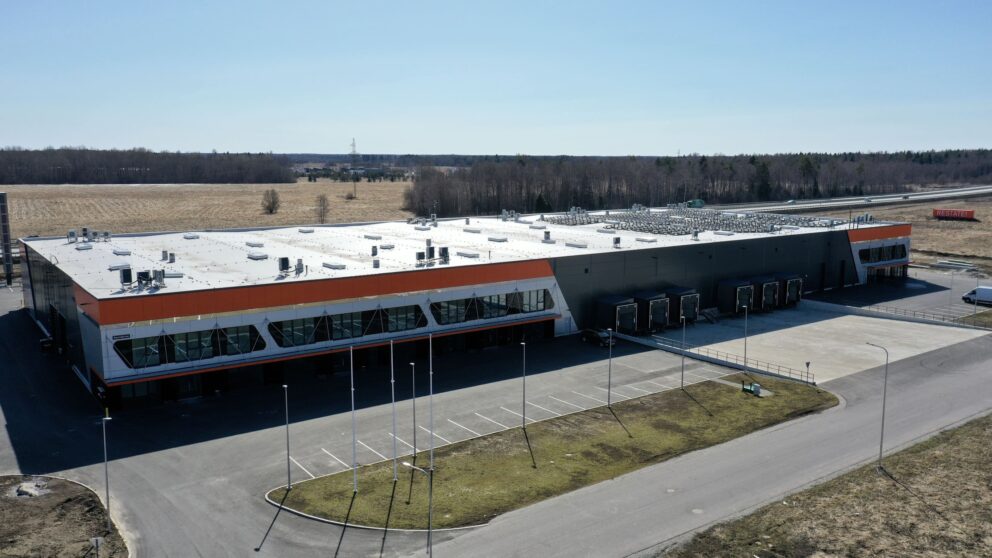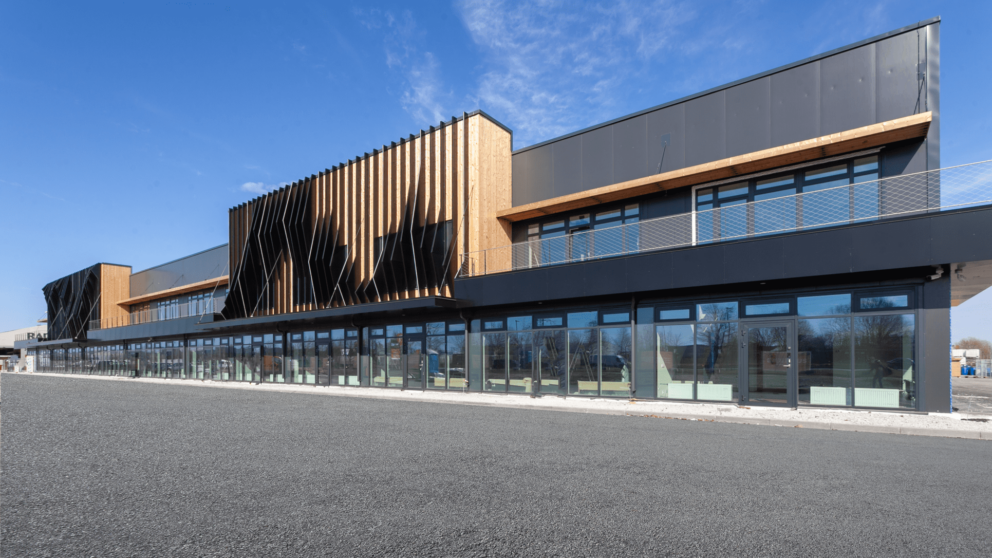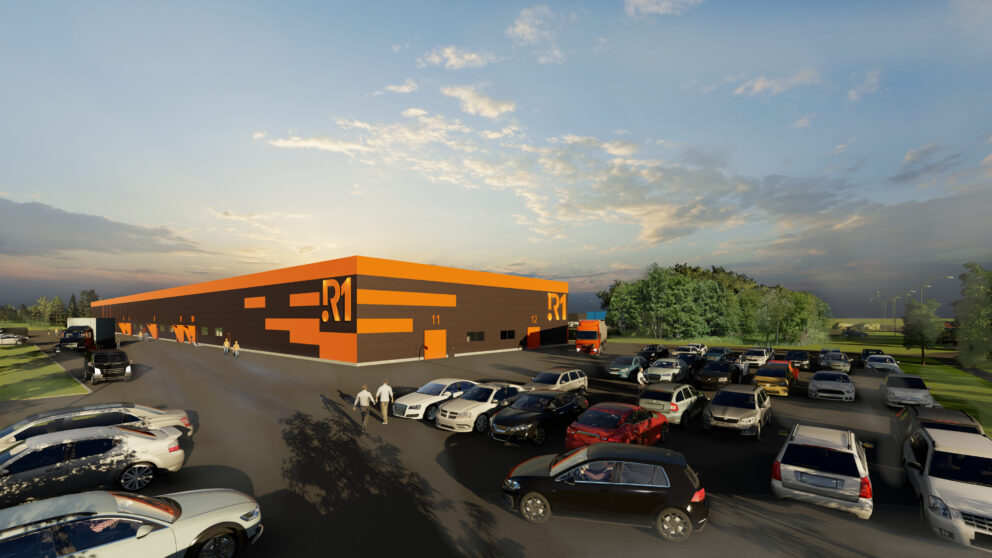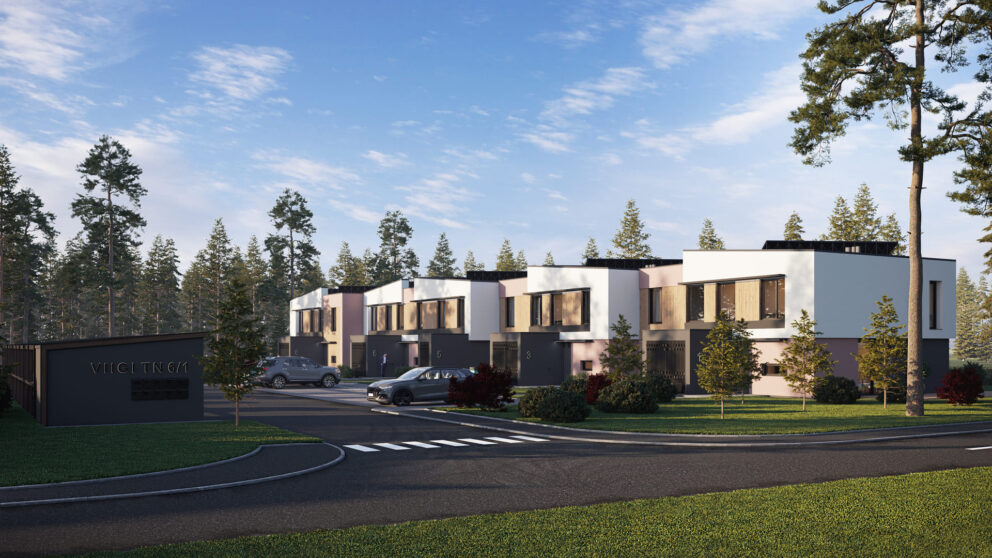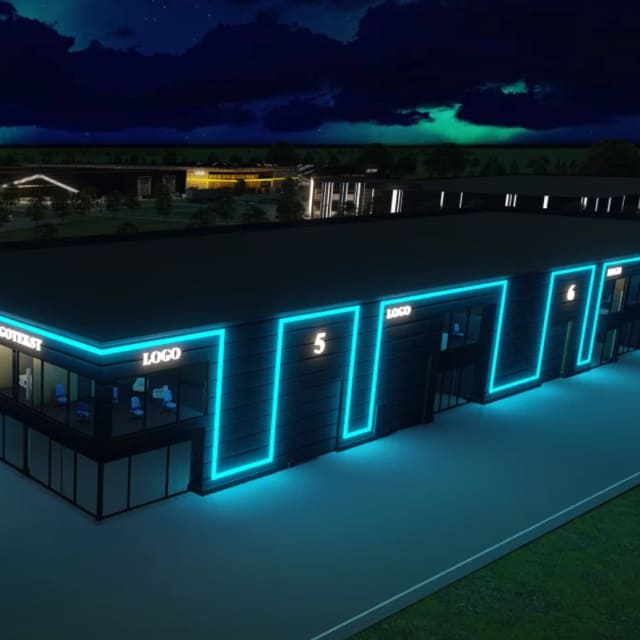Real estate
is our passion!
We are passionate about creating modern, innovative buildings and fully integrated business environments. We are pioneers in the field of real estate, offering our clients tailor-made, forward-looking, all-in-one solutions. We respect the natural world we live in and place high value on modern architecture, energy efficiency and functionality.
Our services
Property
development
Our development team are renowned for bringing some truly amazing – and very successful – projects to life. The way we go about our work always shows the greatest respect for the natural environment, and our emphasis is always on architecture and sustainability. The best possible result is always our number-one aim, not just to offer a simple service.
Advice and
intermediation
We have years of experience to rely on in offering real estate advice, organising the sale and rent of real estate and in providing intermediation services. Excellent relationships with our partners, the professionalism of our team and the honest but resolute approach we take to our work have been the keys to ensuring customer satisfaction and guaranteeing that our results meet expectations.
Asset management
in real estate
Quality asset management involves both the management and maintenance of properties. We offer a professional asset management service covering rent relations, customer service and management of cash flows. We assume responsibility for the upkeep of our clients’ properties, for the organisation and quality control of consumption and support services and for measuring customer satisfaction.
Property investment
We have been offering clients the opportunity to invest in the property sector for years now, the aim being to generate a decent and stable return of 10-15% per annum. Our lengthy experience and the work we do with specialists in this field guarantee the best possible outcomes and earn our clients the profits they are expecting.
